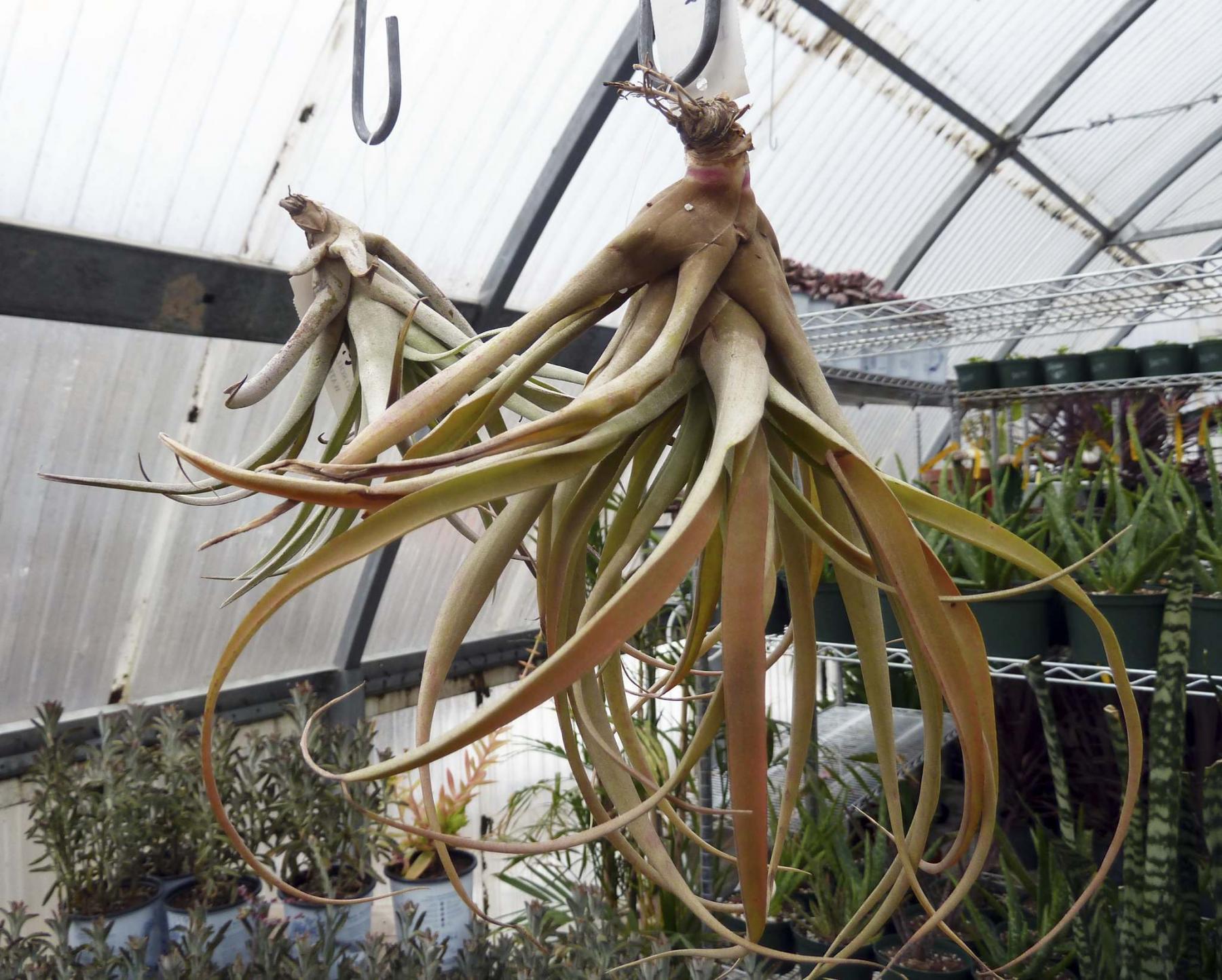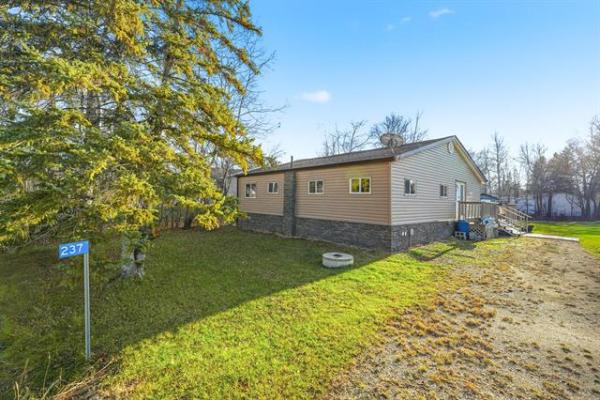Gotta admit, up until a few days ago I had no idea what an air plant was.
Robert Plant, no problem, air guitar, sure, but air plant?
When I saw Ron Paul Garden Centre was advertising them for sale, I just had to have a look. So I popped in, took some pics, then put in a call to Professor Google, who directed me to gardenista.com.
The official name for an air plant is Tillandsias, and there are nearly 600 known varieties of these low maintenance houseplants. They don’t grow in soil. They don’t need soil to survive. You can hang them, set them on something, pretty much whatever you like, and with periodic watering, they will survive and thrive all on their own.
You people who, despite your best efforts and intent pretty much serial kill any plants you bring into your home, will have no problem killing these either, but it will take more negligence than normal.
Gardenista brought me up to speed on these amazing and beautiful plants, which yes, even flower once in a while. Tillandsias are epiphytes, which means they grow on other plants, clinging to tree trunks for example, rather than by rooting in the ground. However, take heed. It’s a mistake to treat your air plant as if it’s a decorative object rather than a living thing. It still needs air, light, and moisture to survive.
Air plants like several hours a day of bright, indirect sunlight.
Unlike your average plant, it’s not the roots that supply food, air plants get nutrition by absorbing water through their leaves.
In a dry climate you give them a drink about every five days, in a humid environment, every 10 days. You can immerse them in water, water them as you would a regular plant, mist them, but when done, position them so the water drains out of anything that might contain it, as that can rot the plant. If it doesn’t get enough water your air plant and the tips of its leaves will turn brown and curl. Overwater and the leaves may turn brown or start to look soggy.
If the leaves turn black, that means they’re rotted, and you’ve murdered yet one more poor plant that was counting on you for its care. The shame.
Depending on the species, the blossoms last from a few days to a few months, and can be a whole variety of beautiful bright colours, including pink, red and purple. Beautiful. And then, as always, real life has to rear its ugly head as flowering is the peak of the air plant life cycle — and also marks the beginning of the plant’s impending doom.
After it flowers, the plant will eventually die. Yeah well, we can all relate to that.
The good news is that if properly cared for, they can last for years. Such unique looking plants. I’m thinking I just may go for a couple of the octopus looking types, a pair because it’s always nice to have company of your own kind.
And with spring in the air, like so many of you, I am now looking forward to my outdoor greenery springing to life, really curious to see if the big lilac bush root ball I picked up as a giveaway at the end of a driveway in Charleswood, will survive the transplant and grow to be as big as it was when removed. Even just sitting at the end of the driveway, there were lots of new shoots growing out of it, and I watered the heck out of it last fall so it would start this year with a healthy moisture base.
In the meantime, drop by Ron Paul Garden Centre and check out those air plants. Guaranteed to confuse the heck out of your cats.
Comments and feedback welcome!
lmustard1948@gmail.com




